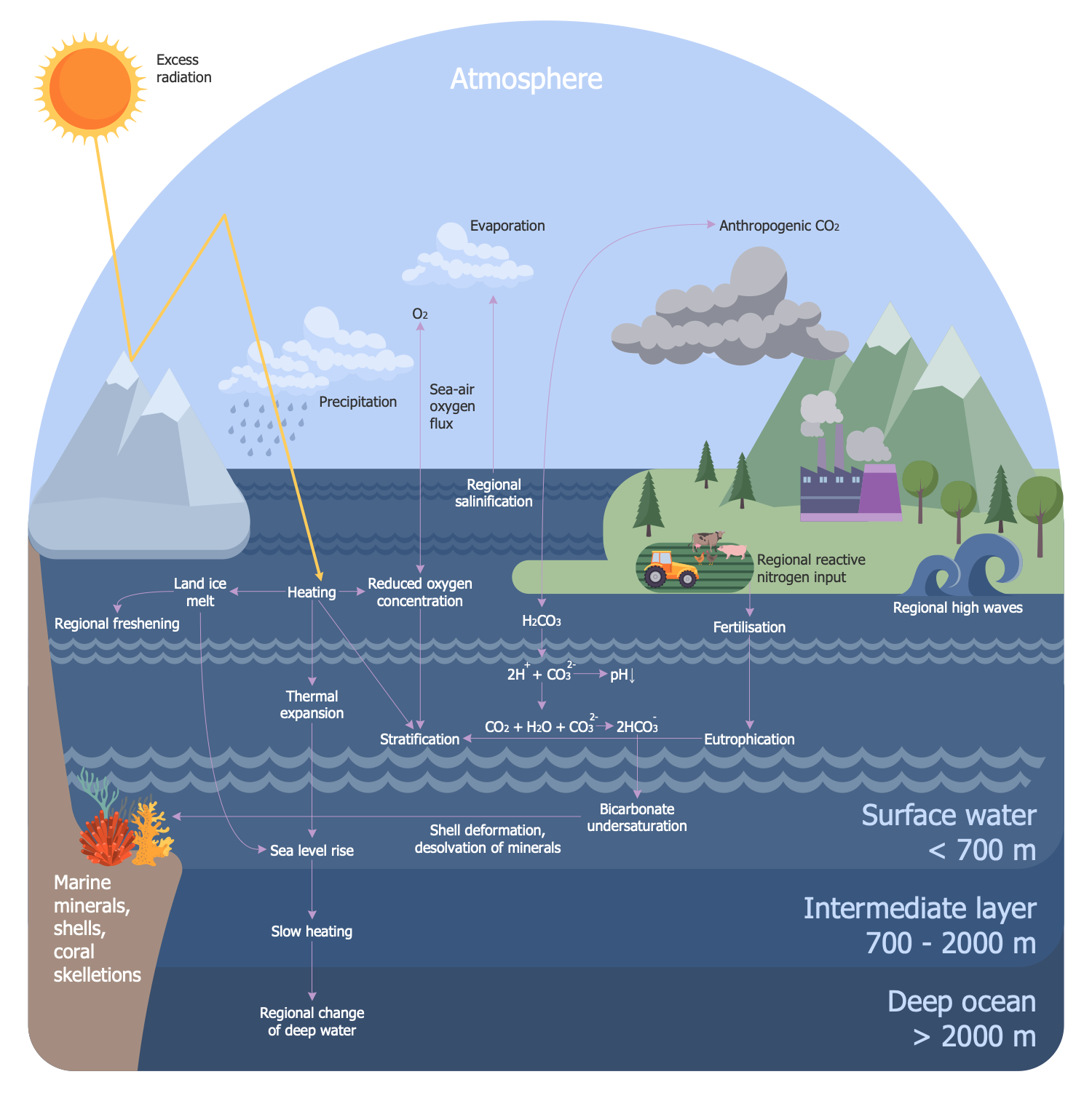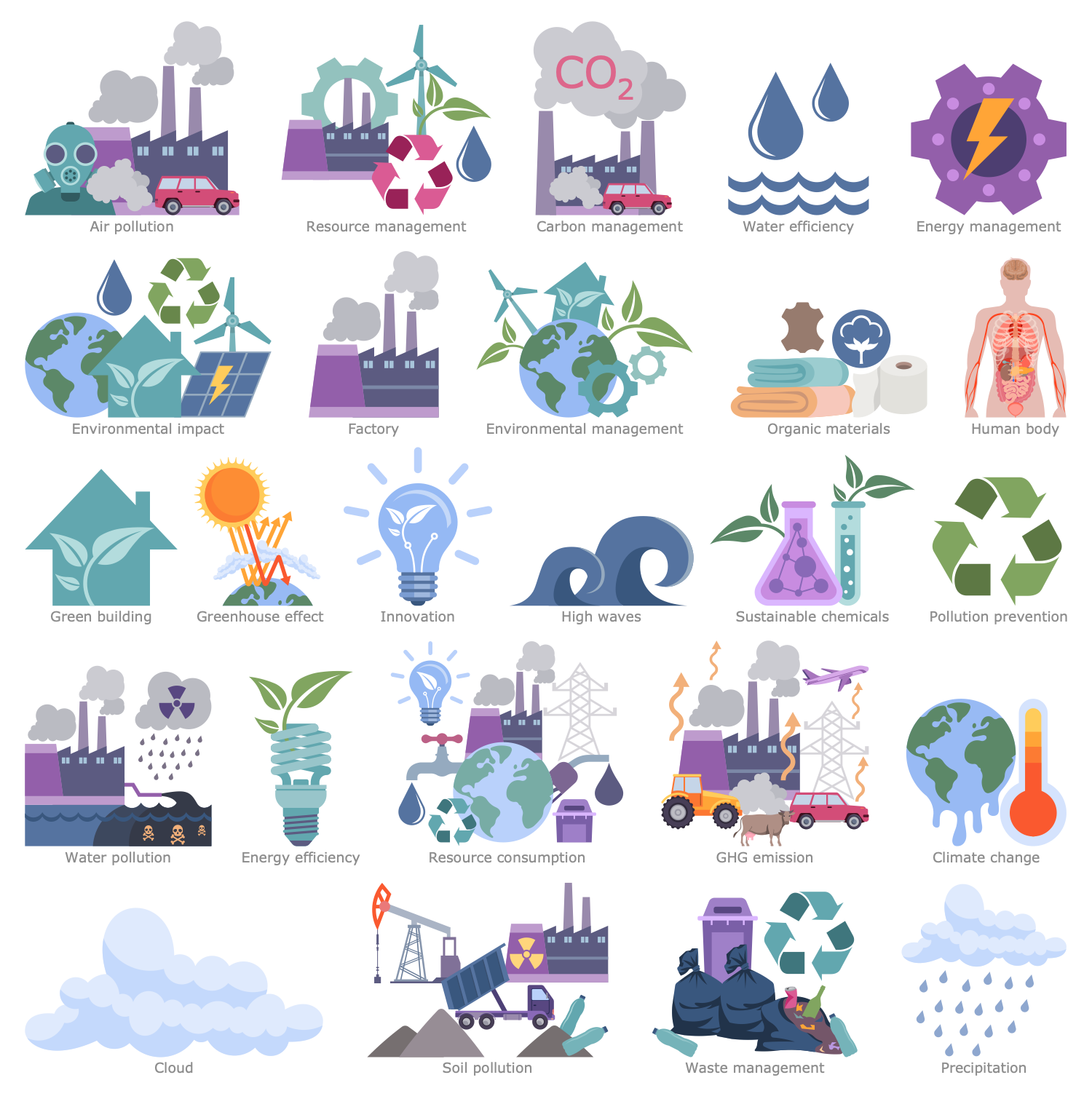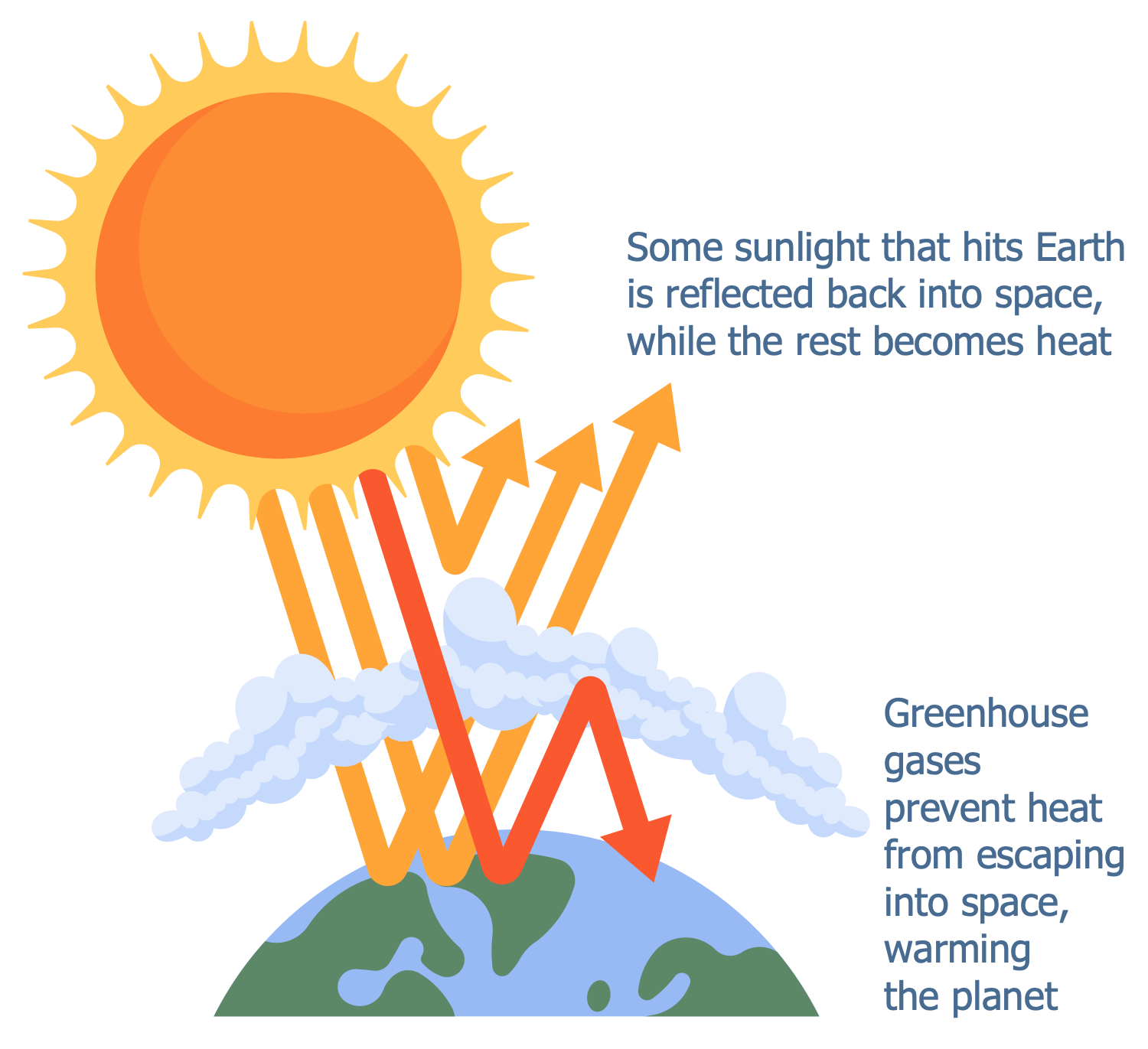Climate Change
Climate change is the long-term deviations in weather conditions and temperatures. Typically, these are changes in a vast territory. Currently, climate change is a crucial issue that affects everyone in any part of the world. The reasons are both natural phenomena like variations in the solar cycle and human activities including burning fossil fuels, industrial processes, transport, building, agriculture, etc. Greenhouse gas emissions that cause climate change and global warming on the Earth come from everywhere. They release as a result of burning coal, oil, gas, clearing land, forest loss, burning garbage, etc.
The concentrations of greenhouse gases, mostly carbon dioxide (CO2) and methane, are already at a high level at the moment and emissions continue to rise. Excessive greenhouse effect and increasing anthropogenic warming are serious issues for the Earth and its population. Because greenhouse gases are transparent to sunlight and allow it to through and heat the Earth's surface. Being emitted by the Earth that heat is then absorbed by gases, is trapped near the Earth's surface, and causes global warming.
The negative effects of climate change may occur gradually or rapidly, they include current impacts and ones in the future. They include natural effects like droughts, fires, ocean warmth, glacial retreat, melting polar ice and rising sea levels, flooding, storms, tornadoes, hurricanes, typhoons that threaten people safety and involve declining biodiversity. Increasing emissions threaten the possibility of a 2-meter sea level rise by 2100 through the melt of Antarctic glaciers. Higher CO2 concentrations also lead to changes in ocean chemistry, cause its acidification, and decrease in oxygen levels as oxygen is less soluble in warmer water.
Climate change also affects agriculture, the ability to grow food, and puts people of some regions at risk of famine. It also causes a threat to global health because extreme heat causes water scarcity and the spread of diseases. Moreover, climate change is the reason for economic loss.
Actions against negative climate effects require significant financial investments by businesses and governments. However, most climate change solutions can deliver economic benefits while improving our life and protecting the environment. Climate actions help to protect both the natural ecosystem and people, their homes, businesses, livelihoods, infrastructure, etc.

Example 1. Climate Change and Ocean
Focus on energy savings, sustainable supply chain management, the use of net-zero and carbon neutral fuel, electrical transportation, environment-friendly packaging and materials is highly recommended and helps to achieve longer-term climate risk management. The use of electricity as the main energy source for heating and transport and switching energy systems from fossil fuels to renewables like solar, wind, and water are the key ways to limit climate change because this helps reduce the emissions driving climate change.
Climate change is a central issue of ESG. Currently, most businesses are focused on implementing ESG strategies and investing in sustainable development. Companies with high scores in ESG factors have the highest value on the market. ESG criteria and tools include ones related to the environment. They ensure the sustainable development of the companies and their environmental friendliness, help to evaluate future risks and generate performance ratings. Climate risks are equally important as social and governance issues for both companies and investors. Therefore many ESG efforts are focused on the assessment and coping the climate change issues.
Example 2. Environmental Impact Library Design Elements
Environmental, Social, and Corporate Governance solution is a great help to design infographics, show the reasons and effects of climate change, and ways to restore the natural ecosystem. Use it to show progressive ESG scenarios and strategies to decrease harmful emissions, greenhouse effect, and increase the use of renewable energy, and effective pathways to limit global warming.
This solution helps to illustrate inspiring and innovative solutions to address climate change and climate-related risks, show the intensity of emissions, effects of increasing the Earth's temperatures and effective ways to cope with them. It is effective to illustrate ways to reduce greenhouse gas emissions changes in agriculture and forestry, prevent deforestation, increase energy efficiency, and outline the paths of a specific company in this direction and society as a whole.
The professional design software ConceptDraw DIAGRAM enhanced with Environmental, Social, and Corporate Governance solution includes a large collection of pre-made samples and colorful vector clipart to design fast and efficiently ESG infographics, illustrations, and diagrams.
Example 3. ESG Infographics — Greenhouse Effect
The ESG infographic samples you see on this page were created in ConceptDraw DIAGRAM software using the drawing tools of the Environmental, Social, and Corporate Governance Solution. These examples successfully demonstrate the solution's capabilities and professional results you can achieve using it. An experienced user spent 5-10 minutes creating each of these samples.
Use the drawing tools of the Environmental, Social, and Corporate Governance solution to design your own ESG Infographics quick, easy, and effective.
All source documents are vector graphic documents. They are available for reviewing, modifying, or converting to a variety of formats (PDF file, MS PowerPoint, MS Visio, and many other graphic formats) from the ConceptDraw STORE. The Environmental, Social, and Corporate Governance Solution is available for ConceptDraw DIAGRAM users.

